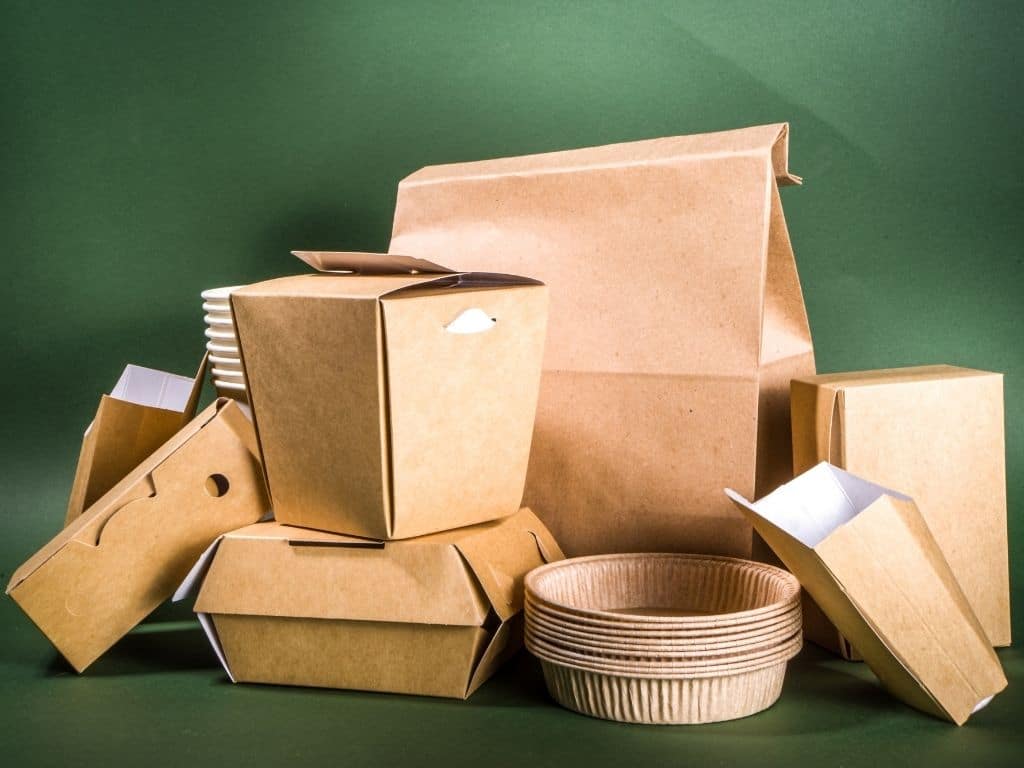
Over the past 20 years, many results have been achieved in the study of bio-based materials for food packaging application. Despite that, many of the studied materials remained at the laboratory scale due to several reasons. First of all, the higher cost is compared with synthetic polymers derived from petroleum resources. It is obvious that if the production capacity increases, the costs can fall down. One possibility will be to substitute the production of raw materials with biofuels. The second reason is related to the material performances. Many attempts have been made to improve their properties but, taking into consideration that the main feature must be their degradation, very often it is not possible to improve their properties over a certain limit. Further, as a result of their inherent biodegradation behavior, their functions are active for a short period of time, shorter than conventional packaging, and not adequate to the shelf life request from manufacturers and consumers. Melt extrusion for thermoplastics preparation is sometimes not possible for bio-based polymers, which have to be prepared by a casting procedure, especially for edible films. Inadequate water vapor barrier behavior has limited their application in the food’s packaging field but this is an inherent property essential to confer the biodegradability behavior to these materials. So, to adequately address the stability of these materials to the intended storage and use conditions, much more investigation is mandatory. It is indisputable that the use of bio-based materials will increase in the near future owing to their improved performance such as mechanical and barrier properties. Probably the near future will see these materials blended with other polymers and nanoparticles, obtaining bio-nanocomposite materials, to meet the demand of the food packaging industry for achieving the desired performances required for commercial application.






